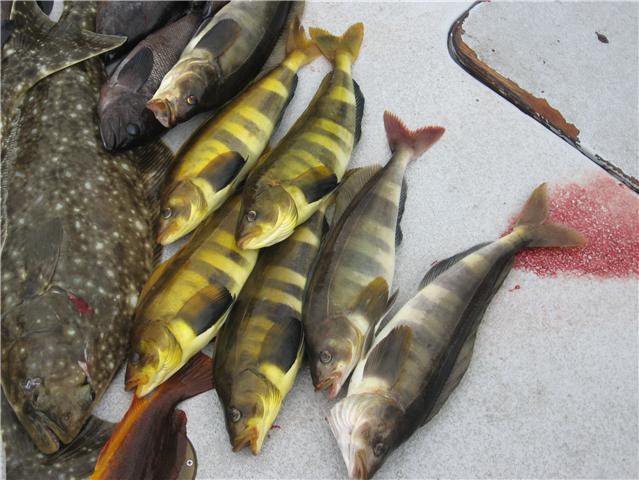
Counting Atka mackerel became really important when Steller sea lions were declared endangered in 1997, according to National Marine Fisheries Service Biologist Suzanne McDermott.
“We learned that Atka mackerel are their main food item,” McDermott said. “That’s when we really started looking at them in relation to Steller sea lions.”
McDermott knows the mammals face competition for their food — commercial fishermen.
In 2016, Alaska fishermen caught and kept 55,000 metric tons of Atka mackerel and discarded another 532 tons as bycatch.
This summer, McDermott and her colleague David Bryan traversed the Aleutian Islands to answer a big question: are there enough fish to support both endangered Steller sea lions and commercial fishermen?
“The interest for us is to understand how much Atka mackerel is available to sea lions and how much Atka mackerel is available to the fishery, to make sure sea lions get enough prey,” McDermott said. “Especially in areas where they’re declining.”
Counting the mackerel is difficult.
Traditionally, fish abundance is measured by trawl net, but trawl nets are useless in the near-shore waters of sea-lion rookeries, McDermott said.
The scientists built a camera, which hangs underwater, close to the sea floor, and live streams mackerel footage through armored cables to their research vessel.
Unlike a trawl net, it can navigate around rocks, crags and coral.
Plus, the camera’s stereoscopic, side-by-side lenses means McDermott and Bryan can measure the length of each fish without catching them, which is invaluable.
“With the length, we can estimate the mackerel’s age. We can also estimate their weight,” Bryan said. “That’s helpful because then we can estimate biomass, which ties into food sources for sea lions.”
McDermott has been studying Atka mackerel for 20 years, but the camera gives her a new perspective.
“You start to relate to fish more as a beings with a brain,” McDermott said. “When they come up in a trawl, all you see is that particular fish in a net. You don’t understand where it lived and how it moved.”
The camera gives the scientists new understanding into fish behavior.
For example, they think sea lions rely on mackerel because the fish guard their eggs, making them a dependable meal.
The camera’s insights help the scientists build a more complete understanding of a resource that’s key to both sea lions and fishermen.
